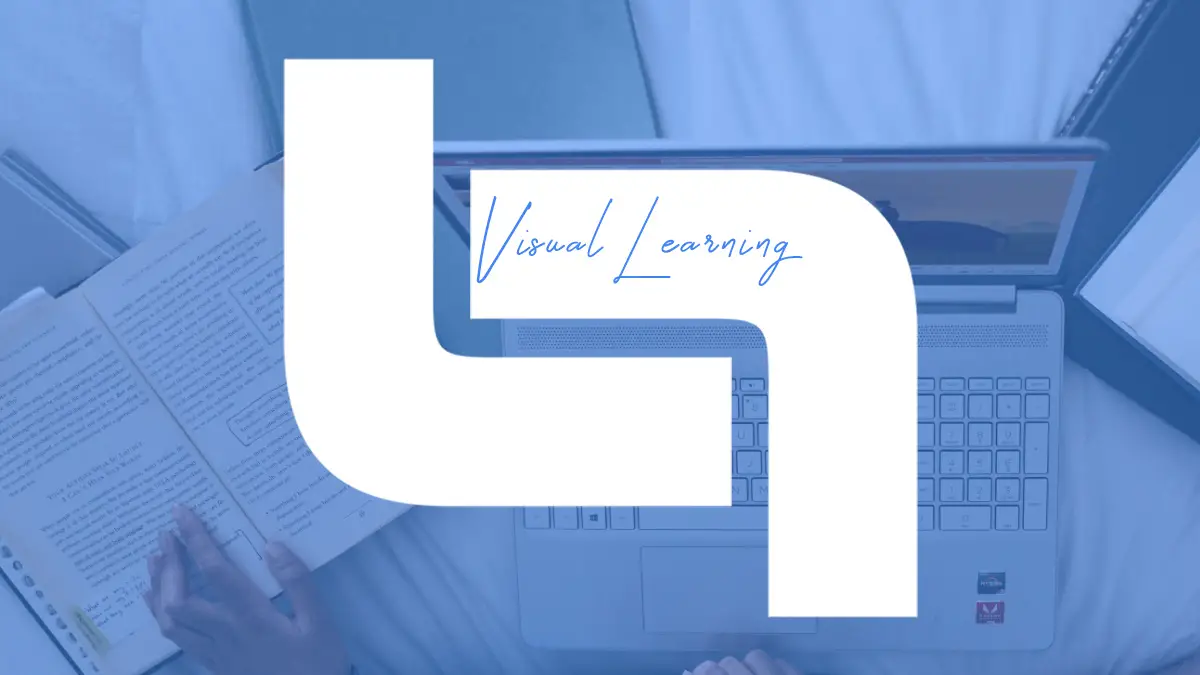“It has been said that 80% of what people learn is visual.”
- Allen Klien
Visual learning has a significant impact on skill development. When exposed to visual content in educational training, individuals’ comprehension and retention rates rise. Complex ideas become easier to understand, and applying newly acquired skills becomes more fluid.
Introduction to Visual Learning
Visual learning is an educational strategy. It harnesses the power of visual stimuli and transforms the educational landscape by capitalizing on the innate human preference for visual content.
Visual learning differs from traditional teaching methods as it goes beyond the confines of text-heavy instruction. It takes a multifaceted approach to conveying complex concepts by incorporating images, diagrams, videos, infographics, and animations to make learning a vibrant and engaging experience.
This method is based on cognitive science and takes advantage of the brain’s exceptional ability to process and retain visual information. Unlike textual data, which can be overwhelming at times. Visuals, on the other hand, aid in breaking down complex ideas into digestible components. Thus significantly improving comprehension and information retention rates.
Furthermore, the interactive nature of visual content promotes critical thinking and a better understanding of subjects. For more information, check educational training video production.
Visual Learning and Its Impact
- Enhanced Retention: Visual learning methods improve information retention significantly, allowing learners to remember and apply acquired skills more effectively.
- Accelerated Understanding: Visual aids simplify complex concepts, allowing for faster comprehension and skill assimilation.
- Improved Engagement: Visual elements capture the attention of learners, increasing their interest and engagement in the learning process.
- Application of Knowledge: Visual learning facilitates the practical application of learned skills, resulting in a more profound understanding of various subjects and abilities.
Advantages of Visual Learning
Visual learning provides numerous benefits that enhance the educational experience and skill development.
- Enhanced Understanding: Visual aids help learners of various backgrounds and learning styles understand complex concepts more clearly, resulting in improved comprehension.
- Increased Retention: Visual content increases memory retention, allowing students to recall information more effectively and for longer periods.
- Engagement and Motivation: Images, videos, and interactive graphics capture and maintain learners’ attention and interest, motivating them to participate in the learning process actively.
- Facilitates Accessibility: Visual learning meets a variety of learning needs, making educational content more accessible to people with varying abilities or learning challenges.
- Encourages Creativity: Visual approaches frequently encourage creativity and innovation, motivating students to experiment with and express their ideas through visual mediums.

Overall, the benefits of visual learning outweigh the disadvantages of traditional teaching methods. This includes fostering a more engaging, inclusive, and effective educational environment conducive to skill development.
Role of Visual Production in Educational Training
By creating engaging and impactful visual content to facilitate effective learning experiences, visual production serves as a cornerstone in educational training. Visual production elevates spreading knowledge through professionally produced videos, animations, infographics, and interactive modules.
It brings concepts to life, making complex subjects more approachable and understandable to students. Furthermore, visually appealing materials capture attention, fostering an immersive learning environment that improves retention and comprehension.
The importance of visual production in educational training stems from its ability to transform abstract ideas into tangible and memorable learning tools.
“Visuals have the power to convey complex information in a simple and impactful way, making learning more efficient and effective. At Vidico, we believe in harnessing this power to enhance educational training.” – CEO of Vidico
Conclusion
To conclude, visual learning is a valuable asset in the field of skill development, providing a dynamic and transformative approach to education.
Key Takeaways
The ability of visual aids to improve comprehension, retention, and engagement highlights their critical role in unlocking learners’ full potential. Individuals can learn new skills more effectively and efficiently by utilizing the power of visual learning.
The key to creating immersive and impactful learning experiences is to embrace visual learning methodologies. These experiences not only facilitate skill acquisition but also enable learners to apply their knowledge in practical settings confidently.
By emphasizing the importance of visual elements in educational training, learners from all backgrounds and learning styles can access, comprehend, and master critical skills.
Visual learning is more than an option; it is a path to unlocking limitless potential and achieving skill mastery.


